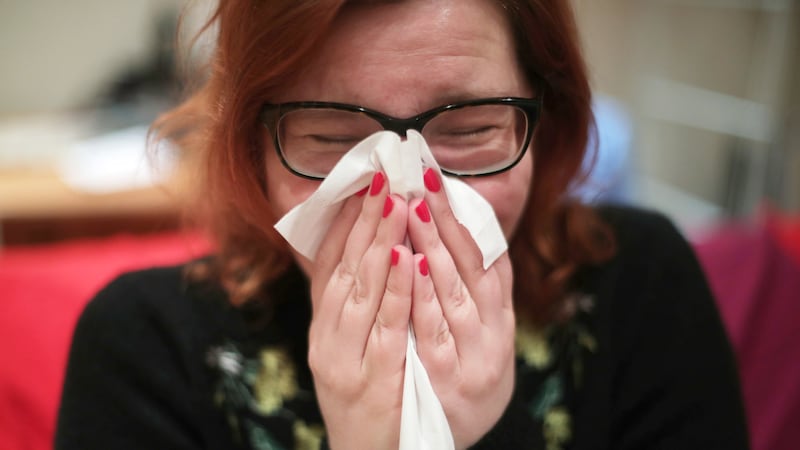Northern Ireland’s sickness absence rate has reached an eight-year high, a new report has found.
Sickness absence rates in the north rose to 2.7% in 2022 from 1.9% in 2019 – the highest since 2015 – according to a new report from the Ulster University Economic Policy Centre. This equates to six days per worker.
The report, titled Sickness Absence. Lessons for Northern Ireland Businesses and Managers, found that Wales had the highest sickness absence rate (3.6%) in 2022, an increase from 3% in 2019.
During the same period, Scotland had an absence rate of 3% increasing from 2%, while England remained the lowest (2.5%).
The report found that the top reasons for days lost across the UK in 2022 were accidents, poisoning, infectious diseases and skin disorders, accounting for 26%, while minor aliments including coughs, colds and gastrointestinal illnesses accounted for just under a quarter of days lost (24%).
The highest sickness absence rates, 4.2%, were found in health and social work, while the accommodation and food sector experienced the largest sickness absence increase of all sectors rising to 2.9% in 2022 – up 1.6% in the past four years.
Meanwhile, in the Northern Ireland Civil Service (NICS), 5.7% of working days were lost in 2022/23 compared to 5.9% in 2019/20. The direct salary cost of absence in 2022/23 was £39 million, or 3.7% of the NICS pay bill.
Gillian Martin, senior economist at the Ulster University Economic Policy Centre, said absences could have a negative impact.
“Sickness is not biased in whom it affects, nor is it predictable or entirely avoidable but absence from the workplace can result in negative personal, business and economic impacts through reduced well-being, lost wages, output and productivity,” she said.
“In 2022, 5.1 million days were lost due to sickness across Northern Ireland, an increase from 3.8 million in 2019.
“Our research found that 35% of people in NI have a long-term health condition, this coupled with NI’s growing and ageing population, suggest that sickness and therefore absences are likely to be a lingering issue and so it is important that firms and managers are supported and encouraged to act to reduce the negative impacts.”
The report makes several recommendations for NI businesses, managers and policy makers including the need to improve management knowledge of how to support employee’s health and well-being in the workplace which could in turn help reduce absences, particularly those caused by non-medical or work-related problems.
It also recommends that businesses of all sizes should be encouraged to record absences to internally understand the impact for their business and create a sickness absence and well-being policy outlining the process of sickness absences for both manager and employee.
Ms Martin added: “Businesses in the private sector would benefit from further research, specifically a Northern Ireland-focused sickness absence survey to build upon the evidence provided in this report and to better measure the impact, particularly productivity, on firms.
“This may enable policy makers to better understand the state of sickness absence for Northern Ireland firms, whether businesses themselves recognise the impact, determine if training is conducted, and what specific training needs related to sickness absence are required, all of which would have wider benefits for the NI economy and employee well-being.”








